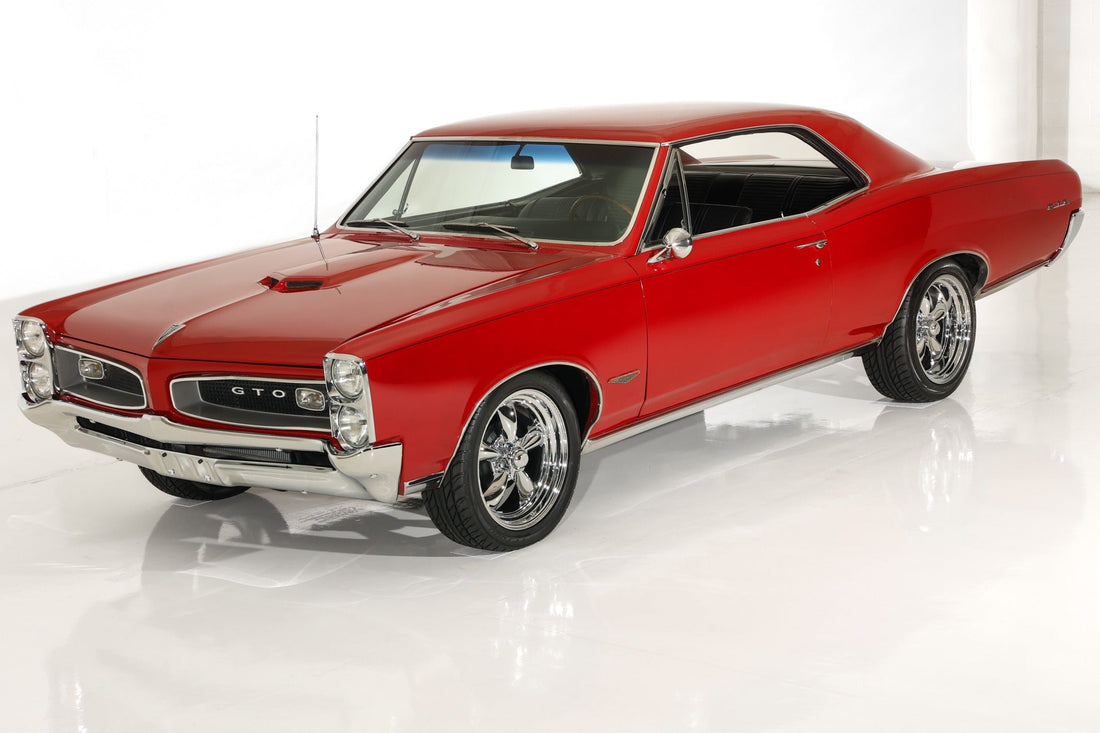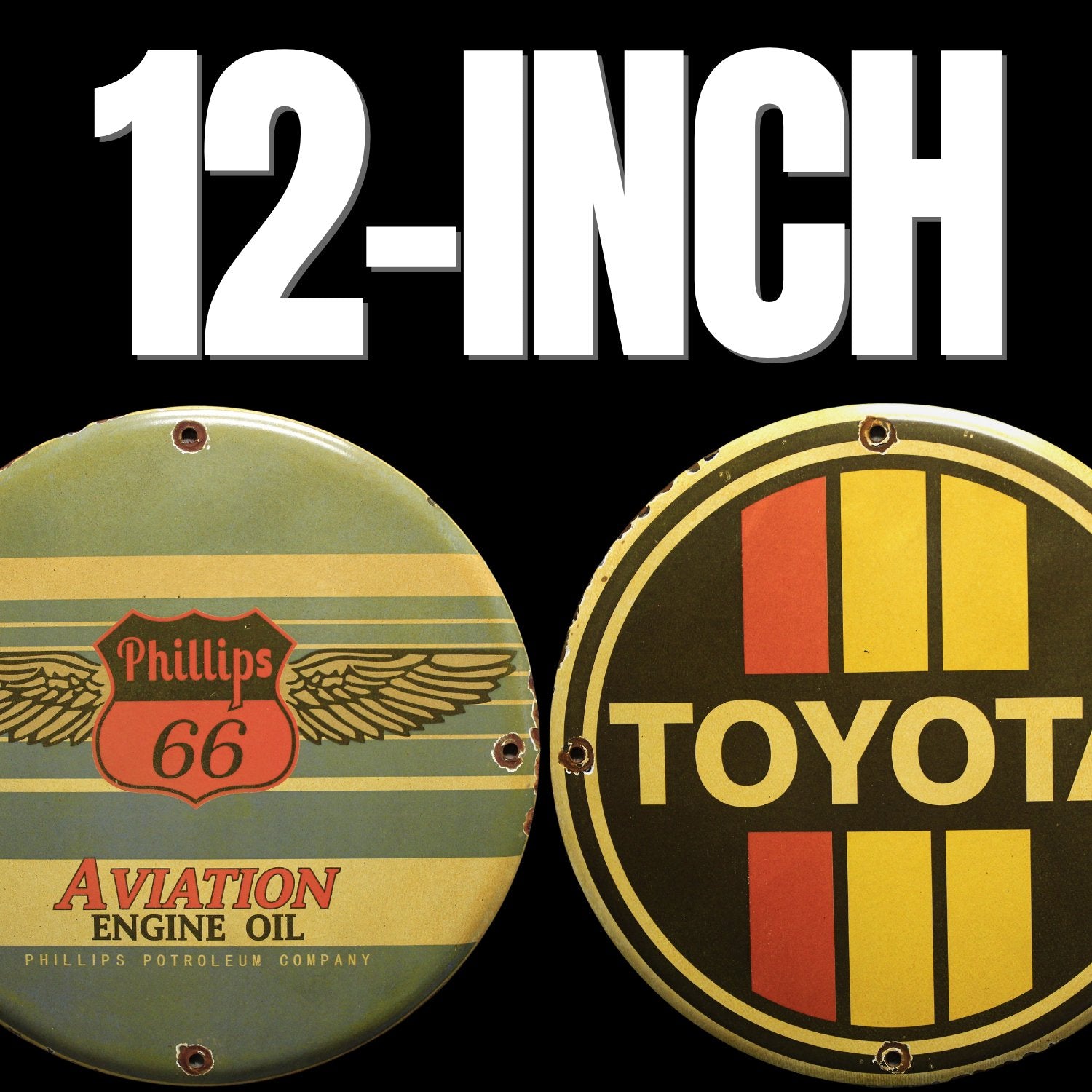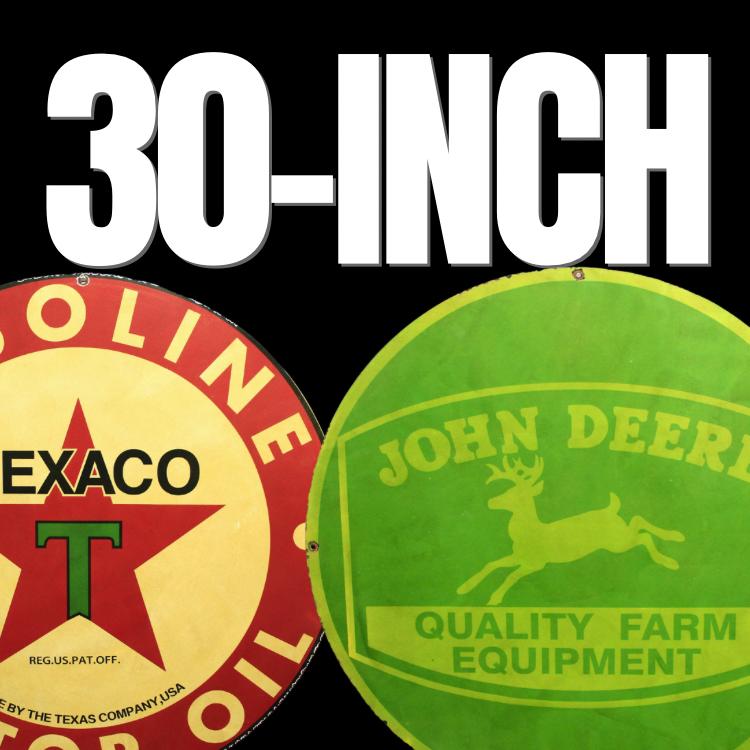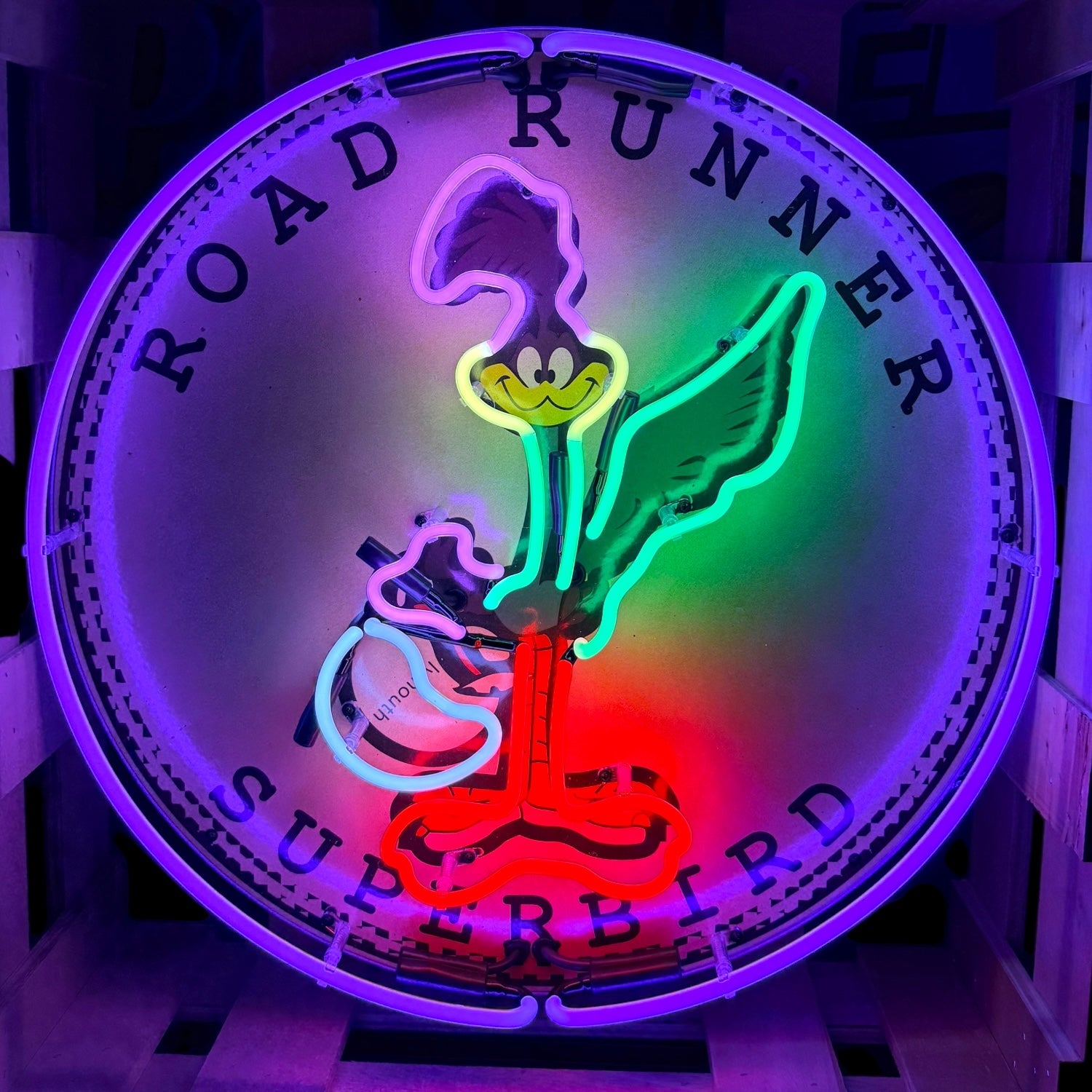
The Story of the Pontiac GTO and The Judge: America’s Original Muscle Car
The Story of the Pontiac GTO and The Judge: America’s Original Muscle Car
Behind each one of your porcelain enamel and real neon signs you see selling for thousands of dollars at auction, is a story. The development and launch of the Pontiac GTO is one for the history books.
In the 1960s, the American car industry was booming—but nothing shook it quite like the arrival of the Pontiac GTO. It wasn’t just another performance car. It was a rebellious, tire-smoking announcement that the muscle car era had officially begun. And for many gearheads, it never got better than this.
Where It All Started: The Birth of the GTO
The GTO was the brainchild of three Pontiac visionaries: John DeLorean, Bill Collins, and Russ Gee. At the time, General Motors had a self-imposed rule against putting big engines in midsize cars. But DeLorean had an idea—sneak a 389-cubic-inch V8 into the LeMans and offer it as an “options package.” In 1964, that idea hit the streets as the first-ever Pontiac GTO.
They borrowed the name from the Ferrari 250 GTO (Gran Turismo Omologato), and whether it was marketing genius or sheer audacity, it worked. Young drivers didn’t care about rules or committee names—they cared about speed, power, and presence. And the GTO had all three.
Performance That Spoke for Itself
The early GTOs were raw. A 389 V8 with a four-barrel carb could churn out 325 horsepower. Opt for the Tri-Power setup, and you were pushing 348. In the mid-1960s, that kind of power in a midsize body was a recipe for domination.
The 1965 redesign gave the GTO stacked headlights and a more aggressive stance, while 1966 marked its debut as a standalone model. Sales soared. By 1967, the GTO had become a symbol of youth rebellion, street racing, and unfiltered American horsepower.
Enter: The Judge
As the muscle car wars heated up in the late ‘60s, Pontiac wanted something louder—literally and visually. In 1969, they introduced The Judge, a wilder, more flamboyant version of the GTO. The name was inspired by a comedy skit from Rowan & Martin’s Laugh-In ("Here come da judge!") and the car matched the punchline with psychedelic flair.
The Judge came standard with the Ram Air III 400 engine and bold graphics. Carousel Red (a bright orange, despite the name) became its most iconic color. And with options like the Ram Air IV and even the rare 455 H.O., it backed up the attitude with serious performance.
Visually, it had everything: bold stripes, a rear spoiler, “The Judge” decals on the fenders, and rally wheels that meant business. It was brash. It was loud. And it became a legend.
A Legacy That Lasts
By the early 1970s, rising insurance costs and emissions regulations began to choke the muscle car scene. The GTO limped into the '74 model year before the nameplate was retired (until a short-lived revival decades later). But for those who lived through it—or have spent years hunting down classic GTOs—those cars never lost their appeal.
The GTO isn’t just remembered—it’s celebrated. Whether it’s in car shows, restoration garages, or the glowing lights of a neon sign, the badge still carries weight. Despite the porcelain and neon sign reproduction problem no one want's to talk about (that we talk about here) there are some who understand the importance of remembering our past and paying homage to those who came before us.
Why the GTO Lives On in Neon
There’s something about that GTO lettering, especially paired with The Judge’s psychedelic font, that grabs you. The sharp edges, the bold colors, the unmistakable vibe—it’s instantly recognizable to car people. That’s why you’ll see Pontiac GTO neon signs lighting up garages, man caves, and collections all over the country today. It’s more than décor. It’s a tribute. That's why Porcelain Advertising is reviving the lost art of real neon and porcelain signs.
Not because someone’s trying to sell you a memory—but because some cars, and some eras, are just too good to forget.









